Health and Wellness Trends
Health and wellness trends are emerging as a notable driver in the Brewing Material Market. As consumers become more health-conscious, there is a growing demand for low-calorie, low-alcohol, and gluten-free beer options. This shift is prompting breweries to explore alternative ingredients and brewing methods that cater to these preferences. Market data indicates that the segment for health-oriented beers is expanding, with many consumers actively seeking products that align with their dietary choices. This trend is likely to influence the types of brewing materials used, as breweries may incorporate healthier adjuncts and natural flavorings. As a result, the focus on health and wellness is not only reshaping product offerings but also driving innovation in the brewing materials sector.
Sustainability Initiatives
The Brewing Material Market is increasingly influenced by sustainability initiatives. Consumers are becoming more environmentally conscious, prompting breweries to adopt sustainable practices. This includes sourcing raw materials from sustainable farms and utilizing eco-friendly packaging. According to recent data, a significant percentage of consumers are willing to pay a premium for products that are sustainably sourced. This trend is likely to drive demand for organic and locally sourced brewing materials, as breweries seek to align with consumer values. Furthermore, regulatory pressures are also pushing the industry towards greener practices, which may lead to innovations in brewing materials that reduce environmental impact. As a result, sustainability initiatives are not only enhancing brand loyalty but also potentially increasing market share for breweries that prioritize eco-friendly practices.
Technological Advancements
Technological advancements are reshaping the Brewing Material Market, enabling breweries to enhance efficiency and product quality. Innovations in brewing technology, such as automated brewing systems and advanced fermentation techniques, are becoming more prevalent. These technologies allow for better control over the brewing process, leading to improved consistency and flavor profiles. Additionally, data analytics and IoT applications are being integrated into brewing operations, providing insights that can optimize ingredient usage and reduce waste. The market for brewing technology is projected to grow, indicating a strong correlation between technology adoption and market expansion. As breweries invest in these advancements, they may experience increased productivity and profitability, further driving the demand for high-quality brewing materials.
Globalization of Beer Culture
The globalization of beer culture is a significant factor influencing the Brewing Material Market. As beer enthusiasts travel and share their experiences, there is an increasing interest in international beer styles and brewing techniques. This cultural exchange is leading to a demand for diverse brewing materials that reflect various global traditions. Breweries are experimenting with ingredients from different regions, which may include unique hops, malts, and spices. Market data suggests that this trend is fostering a more competitive landscape, as breweries strive to differentiate themselves by offering unique products. The globalization of beer culture not only enhances consumer choice but also encourages collaboration among brewers worldwide, potentially leading to innovative brewing materials that blend traditional and contemporary practices.
Consumer Preference for Craft Beers
The Brewing Material Market is significantly impacted by the rising consumer preference for craft beers. As consumers seek unique flavors and artisanal products, craft breweries are proliferating, leading to increased demand for diverse brewing materials. This trend is reflected in market data, which shows that craft beer sales have been steadily rising, outpacing traditional beer sales. Craft breweries often prioritize high-quality, specialty ingredients, which drives the need for unique malts, hops, and adjuncts. Consequently, suppliers of brewing materials are adapting their offerings to meet the specific needs of craft brewers. This shift not only enhances the variety available in the market but also encourages innovation in brewing materials, as breweries experiment with new combinations to create distinctive flavors.


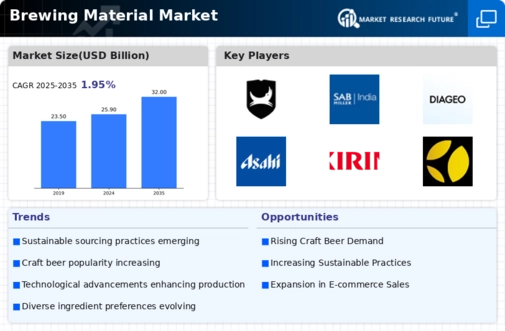
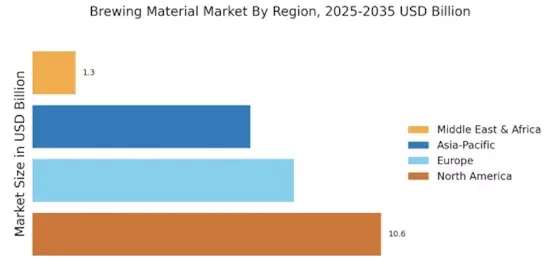
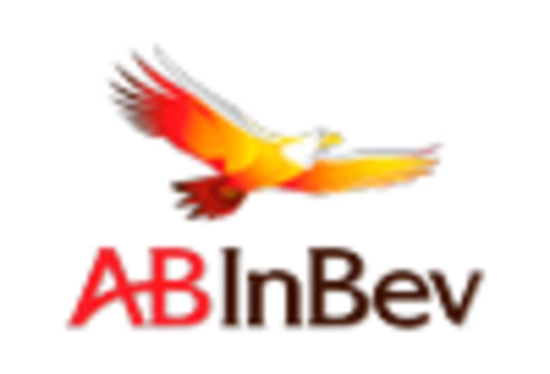
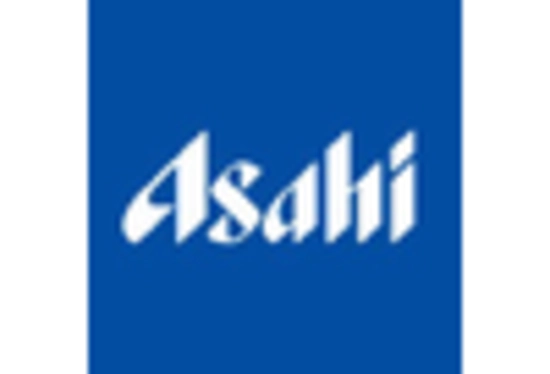
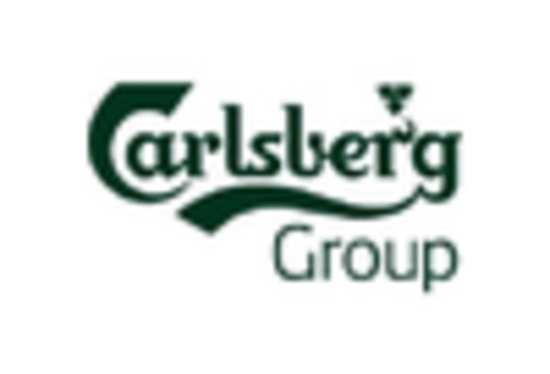
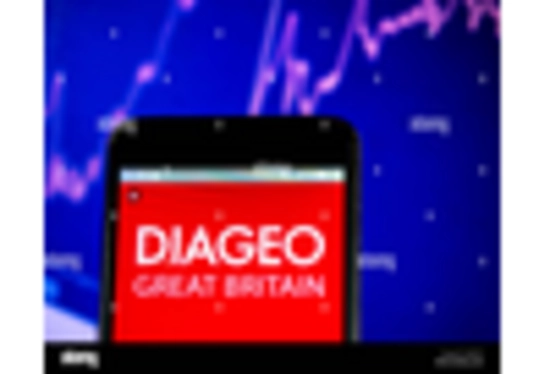
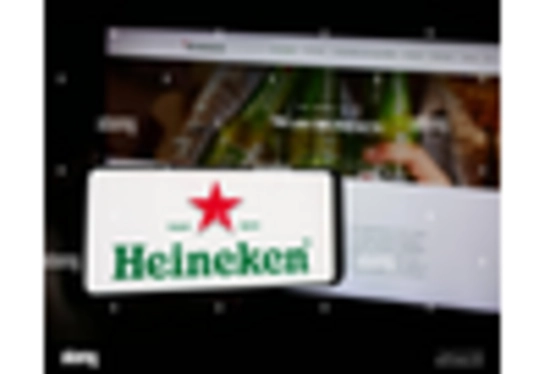
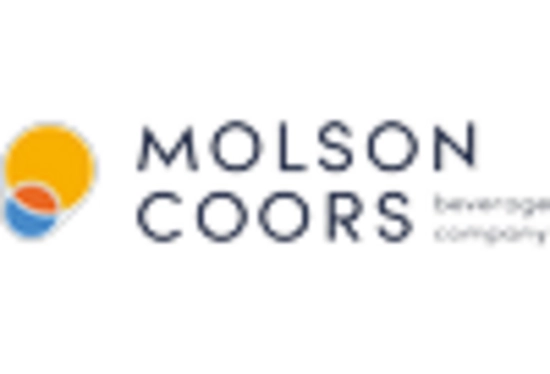








Leave a Comment